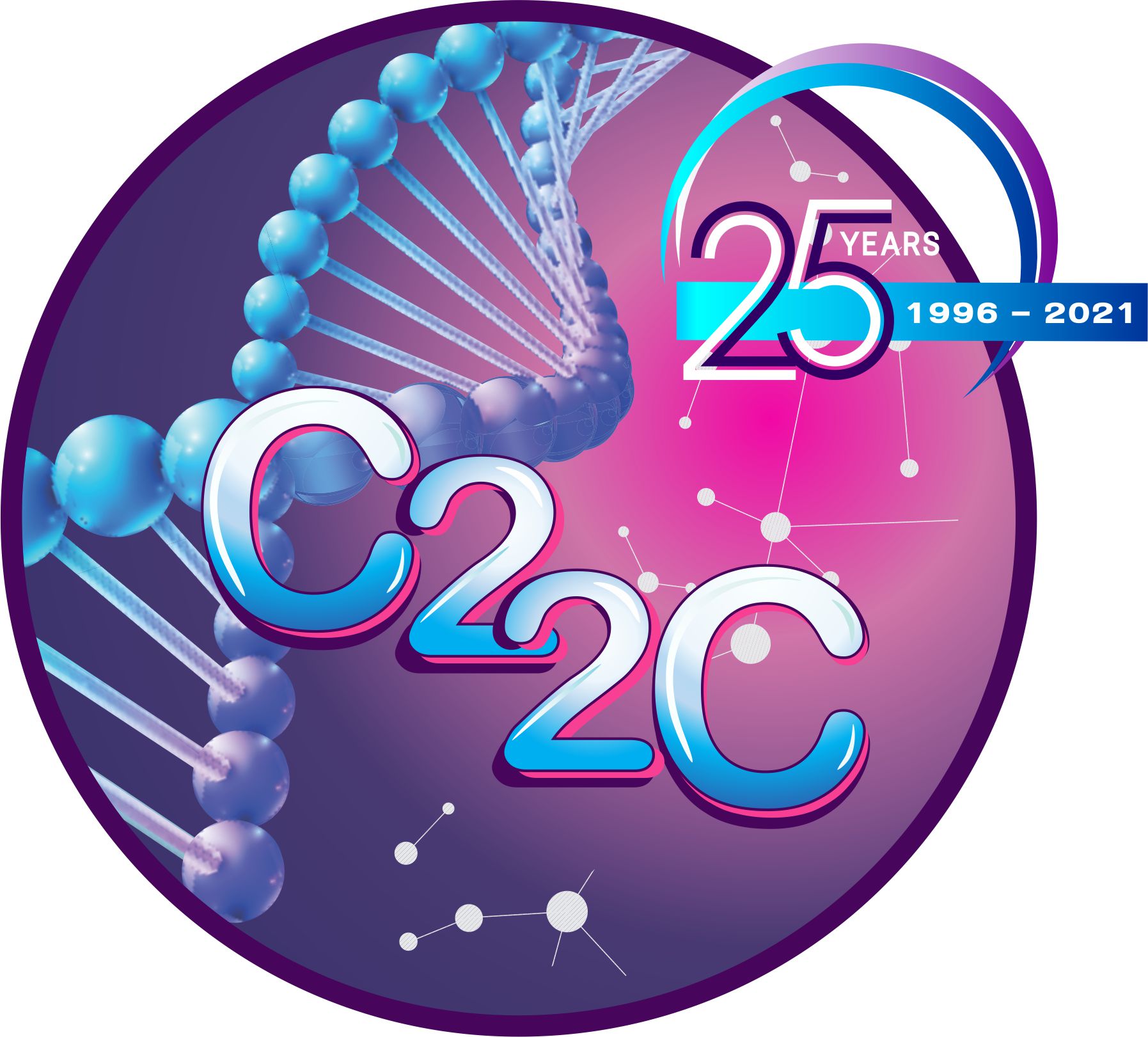Complete Trisomy 22
Complete
trisomy 22 occurs when an extra (third) copy of chromosome 22 is
present in every cell of the body, where there should normally
only be two copies. Cases of complete (or full) trisomy 22 are
very rare. Many affected individuals with complete trisomy 22
have a shortened life span and it is rare to find many articles
in the literature highlighting cases with this condition.
Complete trisomy 22 is the second most common finding in
miscarriages after trisomy 16.
Early reports of complete trisomy 22 are thought to represent unbalanced translocation 11/22 (Emanuel Syndrome) or mosaicism. Our group is aware of a few reports of people with full trisomy 22 living for many years longer than can be identified in medical journals. There has been a shift in offering surgical intervention for children born with this condition, offering opportunity for extended survival rates (Phung, et al 2023). Due to the limited information on trisomy 22, it may be helpful for parents to look to the work of SOFT - Support Organization for Trisomy, and children born with trisomies 13 and 18. A statement by the SOFT Board of Directors released December 14th, 2023 discusses terminology used to describe these trisomies.
CLINICAL FEATURES MAY INCLUDE:
-
microcephaly
-
abnormal ears
-
webbed neck
-
cardiac abnormalities
-
long fingers
-
kidney problems (missing,
extra, or underdeveloped kidneys)
-
growth retardation
-
cleft palate/lip
-
mental delay
-
flat nasal bridge
-
excess neck skin
-
hypospadias
-
anal stenosis
-
clinodactyly of fifth
fingers
-
abnormal finger/toe nails
-
cyanosis
-
preauricular pits/tags
-
preauricular sinus
-
imperforate anus/rectal
abnormalities
-
rocker bottom feet
-
finger like thumbs
-
epicanthal folds
-
vascular malformations
-
gastrointestinal
malformations
-
seizures
-
hypotonia
Famillies
can benefit fr
Home | Contact | Privacy Policy | Disclaimer | Books | Research | Links |
22q11 Deletion / Velocardiofacial Syndrome and DiGeorge Syndrome | 22q11 Microduplication |
22q12 and 22q13 Duplications | Emanuel Syndrome | Cat Eye Syndrome | Mosaic Trisomy 22
Complete Trisomy 22 | Chromosome Ring 22 | Phelan McDermid Syndrome (22q13 deletion)
© Chromosome 22 Central, Inc. 2011| Last Modified May 23, 2022
Chromosome 22 Central Inc. is a Registered US Corporation with 501 (c) (3) Status.
Compassion, Connection, Community.
Stronger, together. Since 1996.
Affiliate member, Canadian Organization for Rare Disorders

